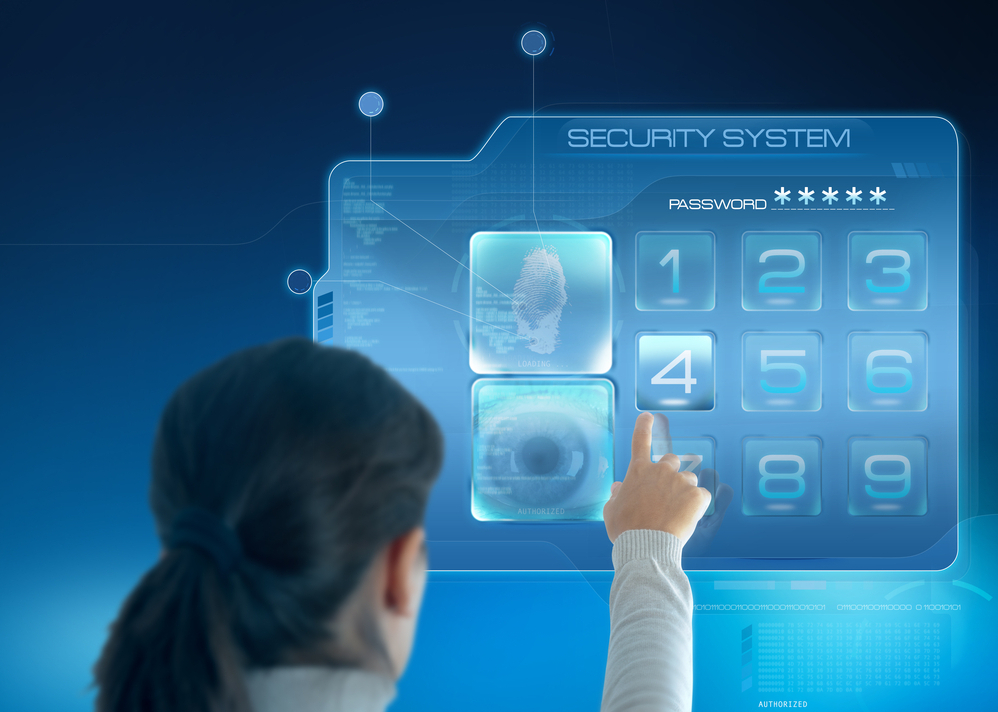Rising security risks, and demand for seamless and secure access across any device, anytime, has triggered greater adoption of authentication solutions, according to new research from data protection company SafeNet. The 2014 Global Annual Authentication Survey found that over one-third of organisations now use multi-factor authentication to provide seamless and secure access across a multitude of devices and locations – an increase from 2013.
The survey results illustrate that more businesses are adopting multi-factor authentication and distributing it across the wider workforce. The findings support a recent 451 Research report which reveals that access control and authentication are the top ‘pain points’ and priorities for IT departments. With 57% of all data breaches in 2013 the result of malicious outsiders, multi-factor authentication reduces the risk of unauthorised users accessing sensitive information, while still ensuring staff can access corporate resources when and how they need them.
Key Findings
- Clear growth in multi-factor authentication (MFA) adoption:
- 37% of organisations now use MFA for a majority of employees – up from 30% last year
- By 2016, 56% of organisations expect the majority of users to rely on multi-factor authentication.
- Cloud authentication gaining acceptance:
- 33% of organisations indicated they preferred cloud-based authentication, up from 21 per cent last year – a 50% increase
- 33% are now open to the cloud for authentication implementations
- MFA for mobile devices:
- More than 53% of respondents said users of mobile devices have restricted access to corporate resources.
- Those using MFA for mobile users, (22% currently) expect usage to grow to 33 per cent by 2016 – an increase of 30%
'It’s clear that some IT departments are struggling to keep up with the rapid pace of change caused by new technologies. The danger is that companies are unable to offer staff the full system access they require to perform their job because they don’t have the secure authentication in place to allow access. Then there’s the fact that almost every other week we hear about a new enterprise being hacked and data potentially leaked. So there is a perpetual battle to keep up with fast-paced advances in technology, and attempts to protect the company and curb security risks,' stated Jason Hart, Vice President of Cloud Solutions at SafeNet.
Cost and Budget Priority
The 451 Research report revealed that authentication and identity access management are a top priority for security projects. Yet, interestingly, in the SafeNet Authentication Survey, almost 40% did not know how much their authentication solution costs per user per year, illustrating the lack of awareness over what is most cost-effective for the organisation. The perception that, by not spending extra on multi-factor authentication, the organisation is cost saving could be misleading to those in charge of IT budgeting. In fact, a multi-factor authentication solution aims to reduce authentication costs and improve ease of use.
Cloud vs. On-Premises-based Authentication
The growing demand from employees to connect to the corporate network with their own device has been met with a rise in cloud-based authentication from organisations. This year, 33% of companies indicated that they preferred cloud-based authentication, up from 20% last year.
'Ultimately, enterprises must accept that their staff will find ways to use mobile devices to access corporate data – with or without permission. Instead of preventing access, IT decision-makers need to deploy multi-factor authentication, which can offer the protection of corporate resources, while allowing staff access and maintaining productivity and performance,' Hart added.
Authentication from Mobile Devices
When it comes to using strong authentication for mobile devices with access to corporate resources, the majority of responses were grouped at either end of the scale, showing polarised practices.
Almost 40% said less than 10% of users are required to use strong authentication, while over 20%suggest that 90-100% of users currently require it. Interestingly, these figures are set to shift significantly, with 33% expecting that 90-100% of users will require strong authentication in the next two years, and only 15% suggest less than 10%, emphasising the growing importance of mobile authentication.
The drive towards mobile authentication is also fuelling a move from hardware- to software-based authentication tokens. The survey revealed that the use of software-based authentication rose from 27% in 2013 to 40% in 2014, with the expectation that this will rise again to 50% in 2016. Conversely, the use of hardware-based authentication dropped from 60% in 2013 to 41% in 2014.
'IT companies are certainly responding to the rise in mobility with increased software-based authentication; however, there appears to be a ‘disconnect’ between the desire to embrace mobility, and the struggle to keep up with it and protect resources and data from external threats. Furthermore, as adoption of cloud computing grows, better security becomes crucial. Indeed, the cloud offers various benefits for authentication and applications, but without the security to support them, it only increases the threat.' Hart concluded.
> See also: Will we see another decade of consistent authentication failures?







